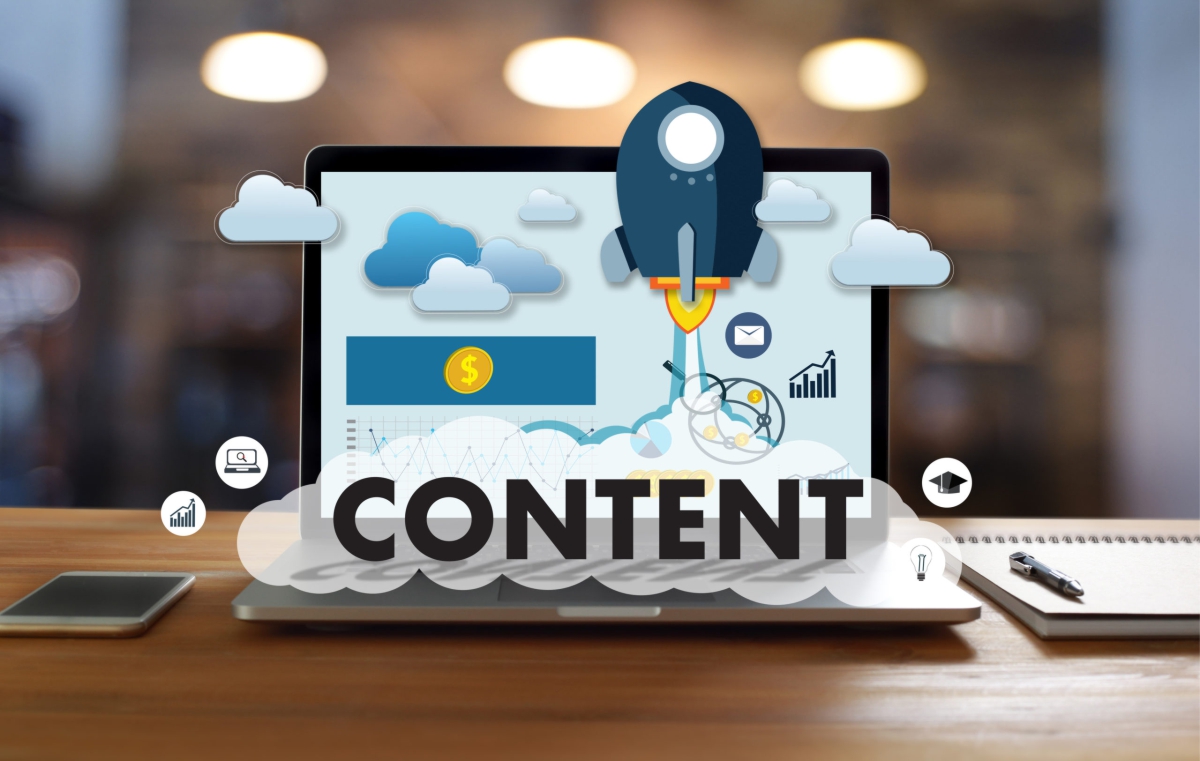
Have a complicated sales cycle and want to close more sales? A content marketing plan could help you achieve your goals. Learn how to build an effective plan.
Facing a sales cycle that’s three, six or even 12 months long can be challenging. Staying engaged with prospects throughout these many months presents a unique challenge. Content marketing can aid in staying in touch with prospects during a long sales cycle when executed well.
To prepare content for a long sales cycle, you need to have an in-depth understanding of two things. The first is what content marketing is. The second is how to evaluate the various stages of your sales cycle.
We’ll walk you through this process so you can start building your plan to nurture prospects in a long sales cycle.

Content marketing is a strategy where you create and distribute helpful content. The goal of content marketing is to attract and retain customers. Examples of content marketing include:
Although sales cycles can vary greatly in length, they generally have the same seven stages no matter the complexity of what you sell. Here are those seven stages and the content you might use to engage your user at each phase of the sales cycle.
You’ll notice that many phases share tactics with one another. That’s because you don’t just stop sharing your blogs with a prospect once you’ve made it past the prospecting phase. Or you don’t stop emailing once you’ve presented your offer.
Your content marketing strategies should span the full sales cycle to help close the deal and delight the customer. Here’s how to decide what content your prospects might need at each phase of your long sales cycle.

To tailor your content marketing to match the phases of a long sales cycle, you need to understand your customers on a deep level.
Know what they’re looking for, the challenges that make them seek your product or service, and the obstacles they’ll face in overcoming objections to making a purchase.
Learning this information is one of the most challenging parts of building a content marketing plan. You’ll probably need to test out different types of content to learn what your prospects and customers respond to the best.
A good way of doing this is through social media advertising. This is an inexpensive way of testing different messages to see what resonates with your audience. Use retargeting ads to evaluate messaging later in the buying journey.
When you don’t land the sale, make sure you’re asking customers why they aren’t choosing you. This can help you better understand their objections so you can build content around those objections.
Each company’s content marketing plan will look very different because their product or service is unique. Don’t be afraid to make your content marketing different from your competitors as this is what makes you unique.
But when you have a long sales cycle, make sure you’re developing enough content to span that timeframe. Your goal is to stay at the forefront of your prospects’ minds while they search for content ideas. You can’t do that if your content is targeted only at the early phases of the buying journey.
Be sure to evaluate the content you have that supports the later parts of the sales cycle to see success with your content marketing plan.